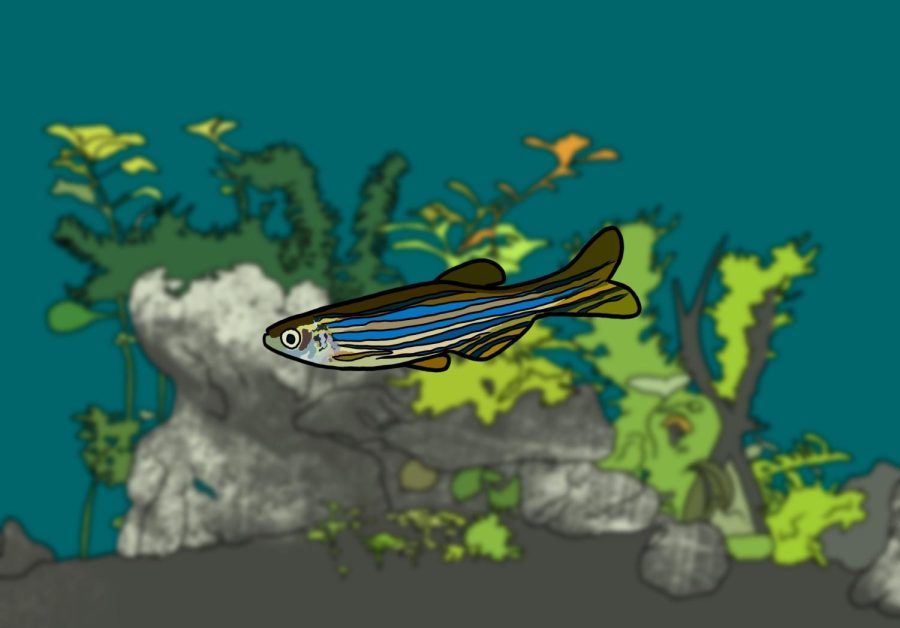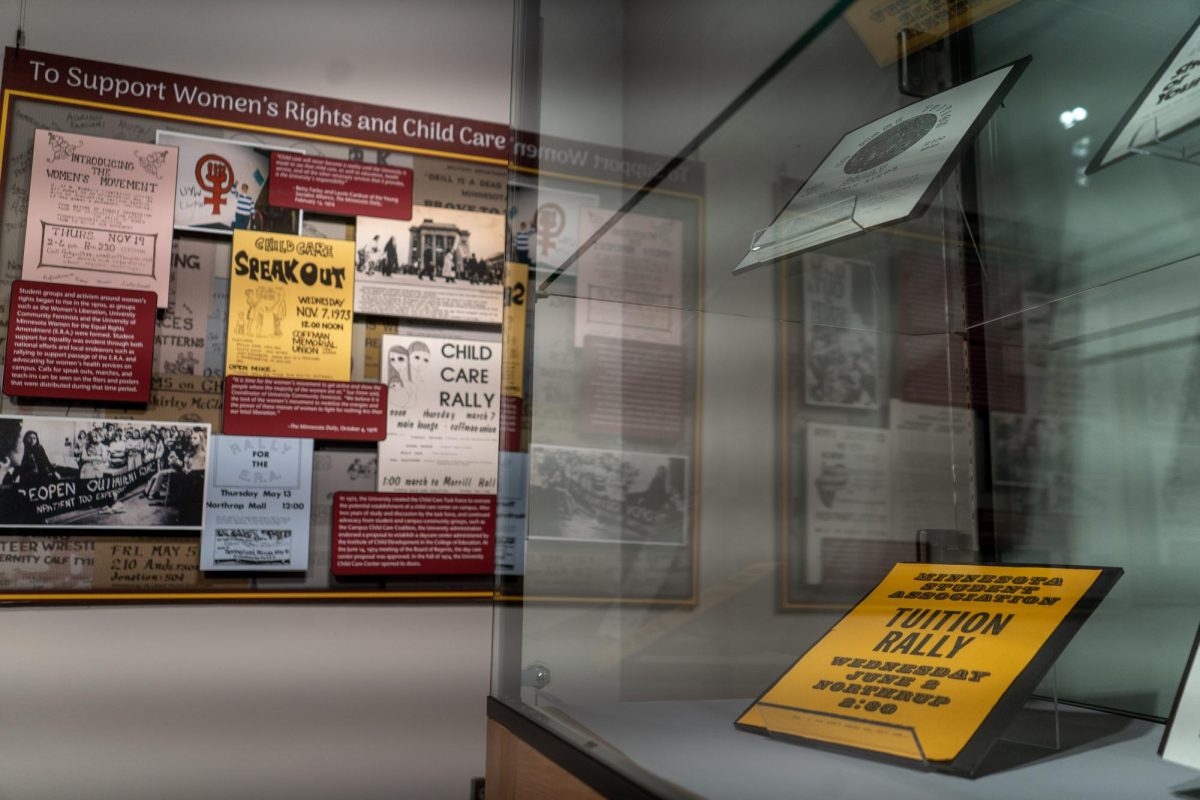After the University of Minnesota’s Institutional Animal Care and Use Committee (IACUC) reported three kitten deaths in 2021, researchers are working to ensure all research animals are treated humanely.
The University suspended the study after the kittens died in a federal government research facility. Despite the study’s suspension, IACUC has 1,000 approved projects involving research with animals, according to Dan Gilchrist, communications director for the Office of Vice President for Research. University researchers and professors use animals, from zebrafish to agricultural animals, in class projects and research studies.
Animal care and use at the University
All projects, amendments or protocol changes to each study must be approved by IACUC. Last year, there were 417 new protocols and 629 amendments, Gilchrist said.
IACUC semi-annually inspects the animal facilities on campus to ensure all animals are being treated humanely. Frequently, agents from the United States Department of Agriculture make unannounced visits to ensure all mammals, besides mice and rats, are well taken care of, Gilchrist said.
Researchers who deviate from IACUC policies, usually by harming or killing the animal, are immediately suspended. In other words, they are not allowed to continue conducting the study and cannot work with the animal anymore, Gilchrist said.
Depending on the case, researchers are given an opportunity to amend and continue the study, but they are monitored by Research Animal Resources (RAR), Gilchrist said.
Research Animal Resources (RAR) is an organization through the University that provides researchers with animal care, services, veterinary knowledge and maintenance of housing facilities for animal-related research.
RAR conducts daily health checks to take care of animals used for research. Some researchers take care of their own animals and they report daily to IACUC, Gilchrist said.
IACUC is committed to the three “R’s:” Reduce, Refine, Reuse, Gilchrist said.
The committee looks to replace animal subjects wherever possible, though certain studies don’t allow for substitutes. Some policies require that body parts of certain animals are reused in other studies after the animal is euthanized, Gilchrist said.
The University is accredited every few years by the Association for Assessment and Accreditation of Laboratory Animal Care International (AAALAC) and has been commended for being well-maintained, healthy and clean despite short staffing, Gilchrist said.
Most researchers who use animals are targets of animal rights terrorism, such as animal rights groups doxxing researchers and damaging their property, Gilchrist said. The University does not provide the names of staff or the location of the labs to protect researchers. However, the names of the main researcher are public information and are shared by the University, Gilchrist said.
Foundation of biology II
Adam Engelhardt, the program director for foundations of biology for biological sciences major part II, has been teaching the course for around eight years that uses zebrafish, a widely used vertebrate model, so students can study vertebrate development and environmental toxicology.
These experiments involve exposing the fish to some treatment, chemicals and sound movement, and measuring the fish’s reaction to the treatment. Students measure spine development, heart rate, movement patterns, behaviors or other measurements.
IACUC gives a list of approved chemicals and the concentration of each chemical that can be used on zebrafish, although not all groups use chemicals, said Mason Holum, who has been a TA for the course for the last two years.
Using zebrafish allows students to become familiar with using animals in research and the responsibility of research with animals, Holum said.
Each group of four to six students uses roughly 90 to 120 adult zebrafish throughout the experiments. After the experiment is completed, the fish are returned to the zebrafish system and will be used for future experiments, Engelhardt said.
The University has a zebrafish facility that is an automated system that maintains the correct pH, salinity or saltiness and temperature of the water.
“If any of those factors are slightly off, notifications are sent to us,” Englehardt said.
The fish are fed daily and go through a light cycle to promote breeding where the embryos are collected into Petri dishes, Holum said. Once they have reached a larval stage, the water in the Petri dishes is cleaned daily.
For euthanization, the fish eggs that are a few days old are placed in a bleach solution, which causes instantaneous death. Once the fish fully develops a spine, usually around a week after fertilization, the fish eggs are put in cold water until they stop moving and are then disposed of, Holum said.
“The process sort of knocks them out and gives them a humane death,” Holum said.
Adult fish are usually not euthanized unless they have severe deformity or aren’t swimming properly, Holum said.
Animal hospitals on campus
Morgan Carlin, a former student, worked at the University’s Large Animal Hospital for three years and the Lewis Small Animal Hospital for three months until she graduated last May.
Carlin brought in and registered dogs and cats at the small animal hospital and was a part of the barn crew that maintained the living conditions of sheep and cows at the large animal hospital. However, she worked mostly with horses who were kept in the Piper Equine Hospital on the St. Paul campus.
The horses are kept in 10-by-10-foot stalls with bedding made of thin shavings of wood that absorb urine and are easy to clean, where they are given food and water, Carlin said. Horses were kept one to a stall with the exception of a mother and her foal, Carlin said.
The barn crew was trained to read body language and hold or move horses to ensure the animal’s and the crew member’s safety, Carlin said. At the large animal hospital, a supervisor shadowed and helped the barn crew take care of the animals, she said.
At the hospitals, every animal patient has one or two veterinarians assigned to the case and another one or two students assigned to learn how to provide medical treatment, Carlin said.
Technicians checked on the animals regularly, were available to assist barn crew if necessary, and would give medication or treatment to the animals if the veterinarians or the students could not, Carlin said.
The University for the most part did its best to ensure the animals were being treated humanely while she was employed, Carlin said.
“There were times, usually emergency cases, where a patient had to be turned away because the procedure costs too much money or there wasn’t enough staffing,” she said.
The Animal Welfare ACT (AWA) was established in 1966 by Congress and set the standard for how animal research facilities are obtained and maintained. It set regulations for housing, transport, sale, purchase, care, handling and treatment of animals.
More than 95 percent of research with animals at the University uses rats and mice, which are excluded from AWA.
At the University, animals are used for research and educational purposes, though some animals do not share the same protections and treatment as others.
“The University will continue to uphold high standards for research with animals and continue to make new discoveries that have positive impacts on human and animal health,” Gilchrist said.















BinaryTundra36
Dec 10, 2022 at 4:18 pm